The world of ballet, so sublime, unknown and magical, is closer to us than it might seem. Thanks to the Ilze Liepa school, everyone can do it - it is not necessary to have professional data. Practicing this art will teach you to keep your back, instill a culture of movement and internal discipline. And if a child has a real talent, then the school will help to achieve career heights. M24.ru will talk about how little ballerinas are taught and what comes of it.
"Princess Diana practiced ballet all her life, and so seriously that she did jumps. From her posture, you can understand what it gave her. Graduates of the Smolny Institute, when they were sitting at the table, could always be recognized. And the girls who study with us at school, they look completely different: a spiritual expression on their faces, a different feeling of being in the world. They continue to be girls, not outstripping their development externally and internally, which, it seems to me, is very valuable. No wonder they say: "Straighten your back - straighten your soul ". Therefore, ballet classes are an opportunity to ennoble the appearance," says the founder of the school, Ilze Liepa.
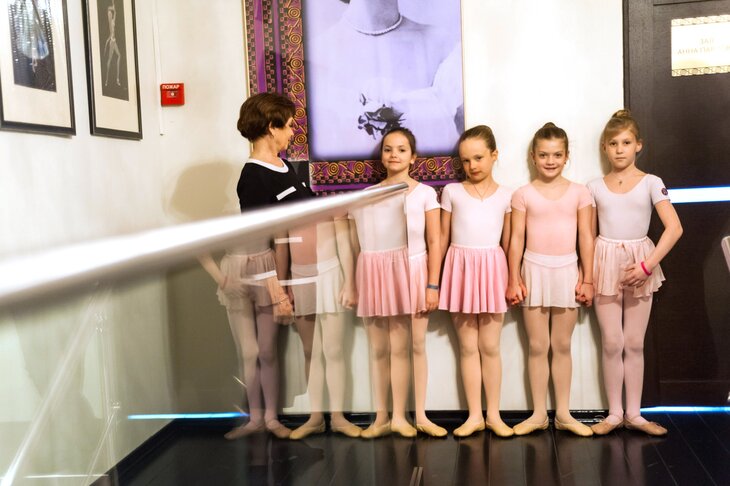
Girls can enter this wonderful world, and even boys can already be 2.5 - 3 years old. It is from this age that they are accepted into the ballet school, where they study until the age of 15-16. There are no strict exams: everyone who wants to go to school is accepted.
Toddlers usually study in the morning according to the program of the early development group. In addition to ballet, they also have general education subjects: English, Russian, mathematics, rhythm, drawing and dance. In the evenings, children aged 6-12 come who are already in secondary school: they only dance for two hours a day at least 3 times a week.
What do little ballerinas learn
Mandatory ballet subjects are rhythm, work at the barre and classes with a choreographer.
"Rhythm is a subject that the youngest children begin to study. This is an opportunity to learn to exist in the space of music, to hear a musical phrase, to distinguish between forte and piano and to convey it with movements. It's amazing when a child tries to match the music with movement, he begins to feel it very deeply and understand very subtly,” says Ilze Liepa.
According to her, working with a choreographer is equally important. This should be a knowledgeable teacher who will put on compositions, select music, images that correspond to childhood. All this gives the child the opportunity to dance and understand that through dance he can express himself, show his character and temperament.
“My father, once giving Andris and me to a circle at the Chkalov club, said: “I really want the children to dance first.” And this is important, because if you immediately start doing only movement, gymnastics, improving the body without an element of creativity, it may not bloom in a child," the founder of the school is sure.
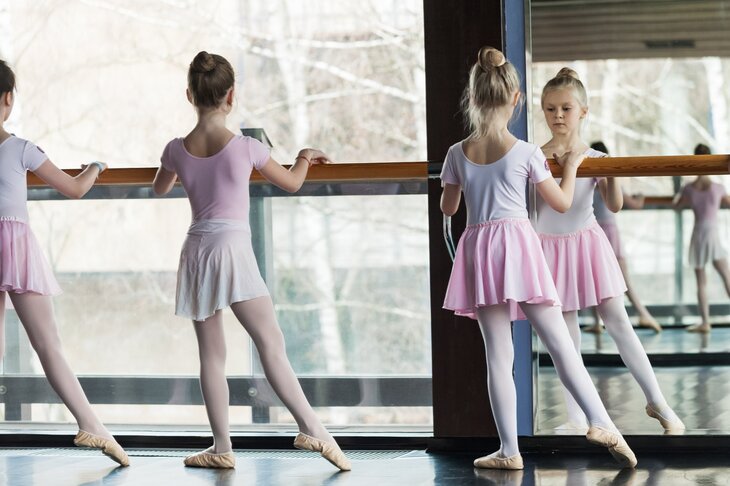
If the choreographer puts on a dance, then the teacher rehearses the elements necessary for the dance in the lesson and simply works on the technique. Classes at the barre are boring and tiring, but they help to develop the purity of movement.
In the branch in Zhukovka, the necessary balance between boring exercises and creative dance is well found. Teacher Valentina Gorskaya says: “Kids shine here. They come running here with pleasure. Of course, they don’t really like to stand at the barre, they like to do choreography more, but we explain that without effort, without a certain skill, without certain exercises, it will not work what you dance."
What can not little ballerinas
Professional ballet requires unconditional restrictions in food and lifestyle. “In my time, we were generally forbidden to ski, skate, rollerblade, because in ballet the muscles work on a turn, and in sports they work straight, and this can affect the setting of the legs,” said Valentina Gorskaya. “Of course, you need to follow food, but children in our school are engaged for general development, and therefore we can only recommend such restrictions, not require them," she adds.
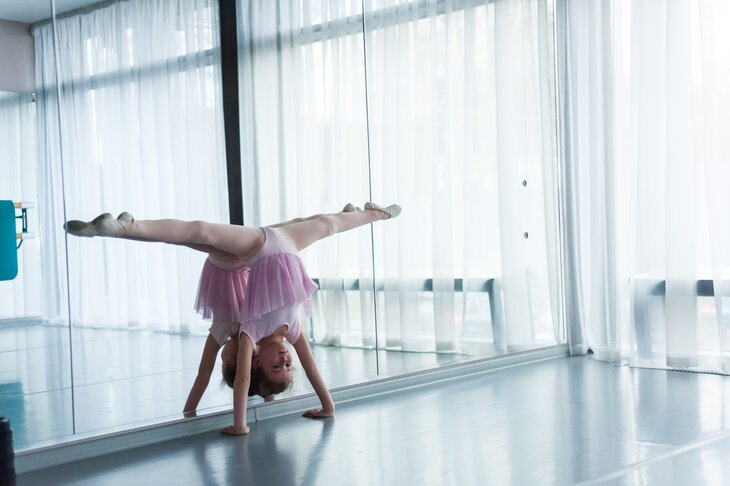
But what, of course, is required for all children to study at a ballet school is discipline. You need to have time to go to a regular school, do homework, come to a ballet school and practice there for two hours in a row. “It even sometimes happens that parents cancel some classes in high school if the child really wants to do ballet,” the teacher notes.
"I praise only those who are not at all confident in themselves"
There are no children who are passionate about dance without enthusiastic teachers. “When teaching classical dance, you have to be madly in love with children. If you love them, they will take knowledge from you,” admits Valentina Gorskaya. “I have been teaching for 19 years, during this time I learned how to sort children. immediately perceives, you need to work with this, you need to be gentler with this, but stricter with this.
Sometimes, I see that the child is not very successful, but I tell him: “Today you are just great!”. And you look - he pulled himself up, felt warmth and attention to himself, and then he succeeds. But in general it is not easy. Children take everything from you. You come home like a rag. But I am madly in love with this school," says Gorskaya.
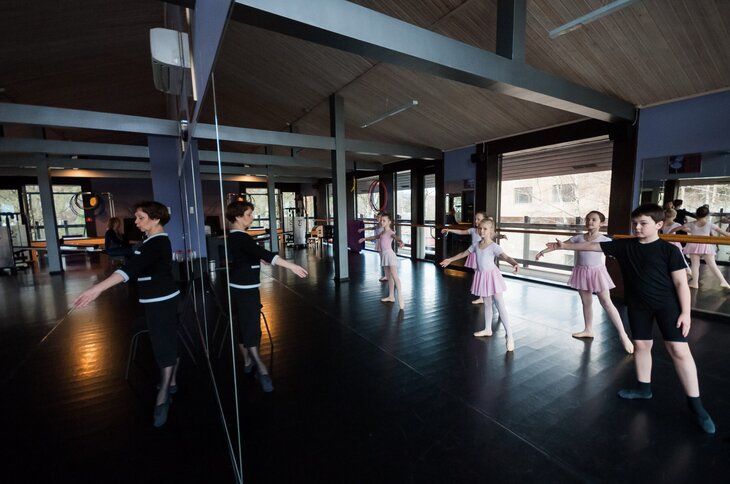
In turn, choreographer Elena Baryshnikova prefers that the lessons are always fun, even if you have to scold the children. “I praise only those who are completely incapable and not self-confident. I scold the rest,” she says. “The main thing is that they should be interested, because this is the only incentive for people who are not trained to be professionals in this matter.”
"Competition is the result of what we do"
Participation in competitions is a very important stage in the formation of an artist, professional or non-professional, so children from the Ilze Liepa Studio School often participate in them. In order to have an incentive for classes, the competition is very important, because different teams come there, both strong and weak. Seeing how other people work, children are more interested.
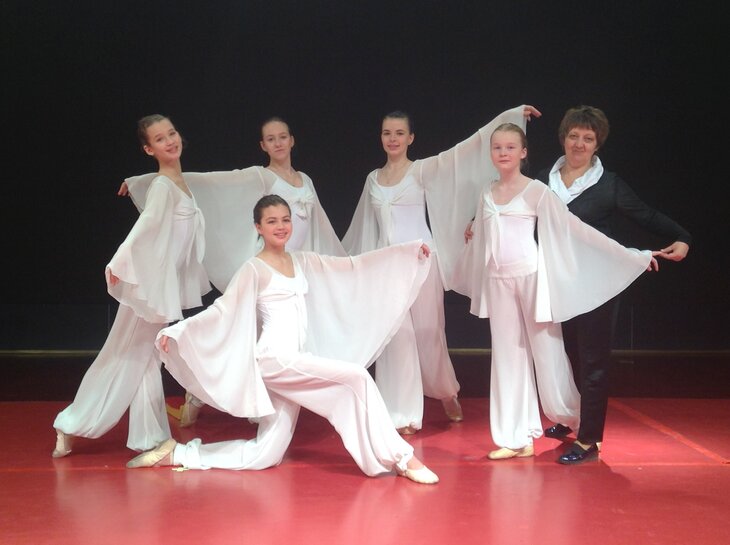
"At competitions, you need to be able to pull yourself together as much as possible. We had children who, it would seem, were not very ready for such events, but they gathered on stage, showed good results, and then began to work even better in the class. Competitions are a kind of result of that what we do,” says Elena Baryshnikova.
Pupils of the school in Zhukovka participated in competitions four times, and all four times they had a good result: in Spain they took the Grand Prix twice, and recently they became the best at the competition-festival "Pearl of the East" in China.
"I want to become a ballerina!"
Despite the fact that the school does not aim to train professional dancers, eight-year-old students from the school in Zhukovka, as one, want to become ballerinas. And if not, then pianists and singers. The girls enjoy dancing more than working at the barre, and they all look forward to the moment when they put them on pointe shoes. This is a very important moment in the life of a little ballerina. Little Lika, Lada, Margarita and Fedya say that they do not get tired of classes at all, and some of them even skip classes at school for the sake of ballet.
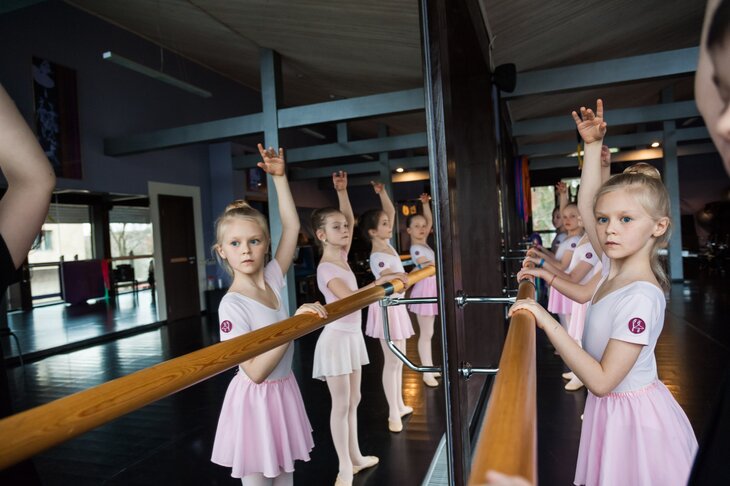
"Already at the age of 5 it is clear whether there are professional data or not"
In practice, over the 9 years of the existence of the school, only four girls entered the choreographic school to become professional ballerinas. According to Ilze Liepa - and this is a lot. This figure well reflects the tough selection that everyone who decides to devote himself to ballet has to go through. “It’s clear from a child at the age of five whether he has physical data or not,” says Elena Baryshnikova. “Musicality, a jump, a foot – all this matters. All this can, of course, be done, but talented children are taken to ballet,” she stressed.
At the same time, the child must be psychologically ready for work, which means he must love its routine side - exercises at the machine. “At the age of 10, you start doing boring exercises every day, breaking your legs and not really understanding what it is for and what will come of it. You don’t quite understand what these boring movements have to do with how you dance at home to music ... Connecting these two points is very difficult.Even for me, a child born in a ballet family, this connection happened only at the age of 12-13, when I suddenly realized that I love classes.I fell asleep and thought about when the morning would come, and I'll go back to the gym and be able to stand up to the barre.I was 13 years old, and our children feel it already from the first steps in a vocational school, at the age of 10, because they already understand what it is for.They have already danced, they are already small artists," says Ilze Liepa.
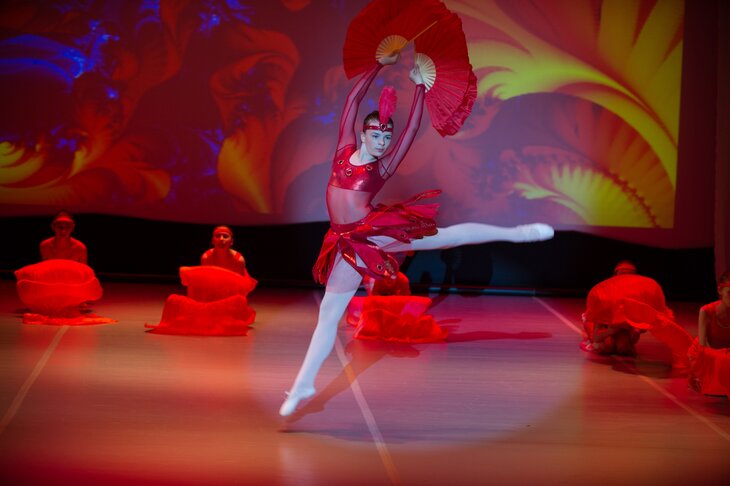
Now these girls are returning to school concerts, putting on their numbers for them. "It is very joyful and pleasant to see them, so we do not break contact with them, especially since this year we have created a children's ballet theater, so I think our girls will take a great part in its work. It will benefit both us and them - hopes Ilze Liepa. - My big dream is that they never stop classes."
Now the Ilze Liepa School is conducting the first in its history the recruitment of professionally gifted children to study at a free department. More than 130 children took part in two qualifying rounds. For the final round, which will take place on May 16, 37 children were selected. The following were assessed: physique, face, step, jump, turnout, flexibility, coordination, ability to listen to music, health status. Now these girls will be trained at school until the age of 10, and then they will try to enter professional choreographic schools, from where they should become real ballerinas by the age of 18.
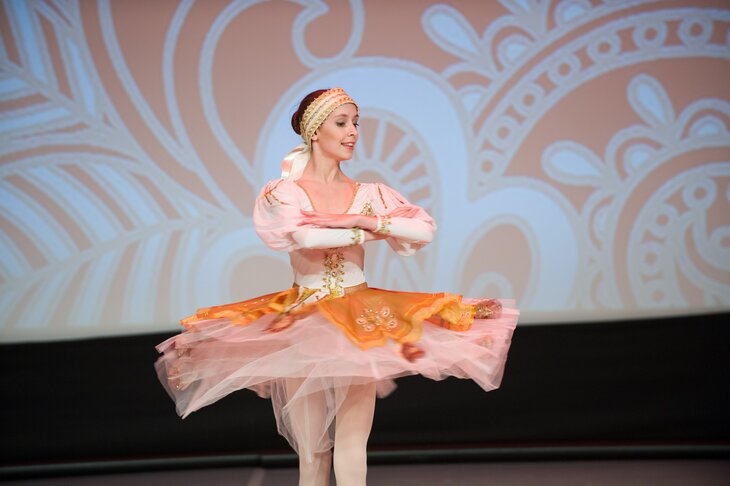
Ilze Liepa notes that such a large competition, almost 15 people per place, is explained by the fact that the requirements for ballerinas are now higher than before. “For example, Anna Pavlova once appeared in Russia, who raised her leg and touched her ear. And a few decades later, Sylvie Guillem appeared in Paris, who came from rhythmic gymnastics and was incredibly flexible and stretched. And modern choreographers want to work with just such material when physical possibilities are endless. I understand that children need to be prepared for this already now. Therefore, we are not only looking for talented children, but also adopting new technologies so that our students meet these requirements," Ilze Liepa concludes.



